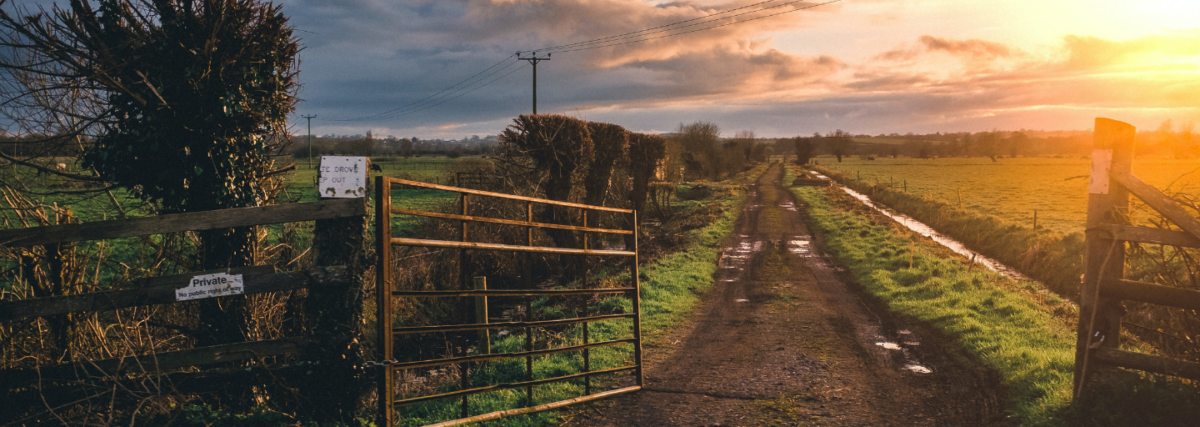A Safe, Sustainable Food System
Published Mar 8, 2021

It's time to stop the monopolies that are endangering our food supply and ecosystem.
Factory farms pollute the environment and our drinking water, ravage rural communities, and harm the welfare of animals—while increasing corporate control over our food.
Factory farming is an unsustainable method of raising food animals that concentrates large numbers of animals into confined spaces. Factory farms are not compatible with a safe and wholesome food supply. It’s time to ban them.
The Farm System Reform Act bans factory farms and helps them transition to smaller, environmentally sustainable operations. Message your member of Congress to support it.
Waste From Factory Farms: An Environmental and Public Health Crisis
For several decades, the U.S. Environmental Protection Agency and state governments have failed to regulate the environmental impacts of factory farms. When factory farms operate virtually unregulated the environment and nearby rural communities pay the price. The vast quantities of manure from factory farms can — and do — make their way into the local environment where they pollute air and water. Several municipal water systems in the midwest must regularly implement costly clean up techniques to remove factory farm pollution from the water supply in order to avoid public health disasters.
Likewise, pollution from factory farms runs off into streams that feed into our major waterways like the Chesapeake Bay, Great Lakes and Gulf of Mexico — contributing to algal blooms and dead zones that impact drinking water supplies, aquatic ecosystems, recreation and people’s livelihoods.
Small, diversified farms that raise animals alongside other crops have always used manure as fertilizer without polluting water. The difference with factory farms is scale. They produce so much waste in one place that it must be applied to land in quantities that exceed the soil’s ability to absorb it as fertilizer.
We Must Push For Sustainable Food Production
Small- and medium-sized independent farms are able to meet the demand to feed the population, but that won’t remain the case if mega-corporations are allowed to keep stomping them out of existence. See our visionary report, “Well-Fed: A Roadmap To A Sustainable Food System That Works For All.”
A message to your member of Congress supporting the Farm System Reform Act can make a difference.

Time to face it —~it’s people or plastics.~We can’t have both.
Become a plastic pollution fighter this Earth~ Day and have your gift MATCHED $3-to-$1!
Enjoyed this article?
Sign up for updates.
TO TOP


